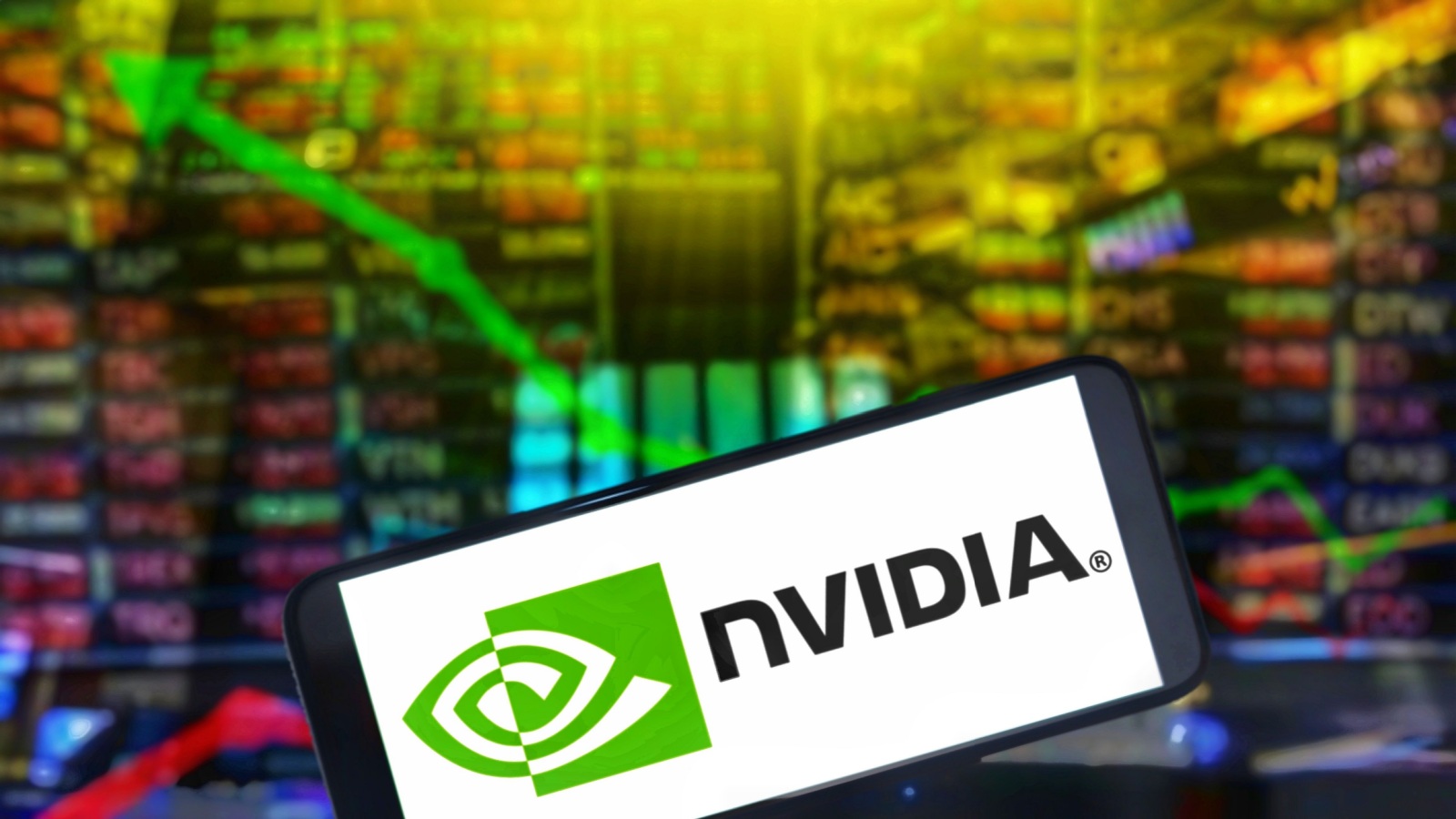NVDA Stock Outlook: Can AI Drive Nvidia’s Continued Market Domination in 2024?

Nvidia (NASDAQ:NVDA) stock was one of the best-performing names in the S&P 500, tripling in value and having an outsized impact on the index’s overall performance for the year. NVDA stock is predicted to see strong gains. The median target price on the stock is about $600, or around a 25% improvement over where it currently sits. Some think it could go as high as $780 for a better than 60% return.
A lot of artificial intelligence bullish sentiment is in its growing demand. Nvidia occupies the premiere position atop the AI chip market. Yet don’t quickly dismiss the semiconductor stock’s headwinds. So let’s see whether AI can overcome those concerns and help Nvidia have another stellar year.
NVDA Stock Hits the Stratosphere
There’s no question AI is a massive force driving Nvidia forward. CEO Jensen Huang told analysts during NVDA’s third-quarter earnings conference call, “Generative AI is the largest TAM (total addressable market) expansion of software and hardware that we’ve seen in several decades…And it’s changed almost everything.”
Total revenue rocketed 206% higher in the quarter to $18.1 billion on record data center sales. Segment sales jumped 41% sequentially and surged 279% to $14.5 billion year over year. Much of that was because of rising AI demand.
Huang noted Nvidia chips are a part of every single cloud provider, and every single ISP service. Their stacks and data centers have Nvidia chips integrated within even though no two are alike. And it promises to go even deeper.
The Grace Hopper Super chip built in partnership with Arm Holdings (NASDAQ:ARM) was created specifically to handle the world’s most complex generative AI workloads. It seeks to challenge Intel‘s (NASDAQ:INTC) X86 architecture, especially in places like Europe.
As the BBC contends Nvidia’s hardware is the glue that holds together most AI applications. It pointed out that at least one analyst says it owns 95% of the market for machine learning. As Huang put it, “NVIDIA is essentially an AI foundry. NVIDIA’s GPUs, CPUs, networking, AI foundry services and NVIDIA AI Enterprise software are all growth engines in full throttle.”
That’s a tough combination to beat.
Speed Bumps
With analysts at S&P Global forecasting revenue to quintuple within five years, what’s the problem? Well, there are a few issues to keep track of.
First, the export controls on chips, technology, and equipment will have a big impact on Nvidia, at least in the short-term. China directly accounts for 20-25% of Nvidia’s data center revenue, as noted by Huang. He does not know the affect’s severity or duration.
That’s at least $3 billion of quarterly data center revenue at risk. Growth elsewhere could offset the decline, but it’s a potential speed bump for NVDA stock.
Lowering costs and improving efficiency is where demand for AI chips comes from. It’s still a new avenue of understanding for many businesses and if the related enhancements don’t materialize quickly, demand could falter. It would all depend on how quickly such demand could slow.
Also, the market is not standing still. Advanced Micro Devices (NASDAQ:AMD) has its own chip on the market that many say is superior to Nvidia’s. It’s a battle that’s going to play out very quickly.
Right now Nvidia doesn’t appear it be faltering in the least. Quite the contrary. Yet NVDA stock is priced for perfection. Any snafu could send shares reeling. It’s clear the long-term outlook if exceedingly bright for the chip maker and it would seem a mistake not to own at least a small stake in this rocket. Yet investors would do well to remember that many such sure things reverse course quickly.
At current valuations I’d be hesitant to take a large stake in NVDA stock. The story looks excellent, but figuring the rocket ride will continue on the same trajectory it’s on now might be a mistake.
On the date of publication, Rich Duprey did not hold (either directly or indirectly) any positions in the securities mentioned in this article. The opinions expressed in this article are those of the writer, subject to the InvestorPlace.com Publishing Guidelines.









